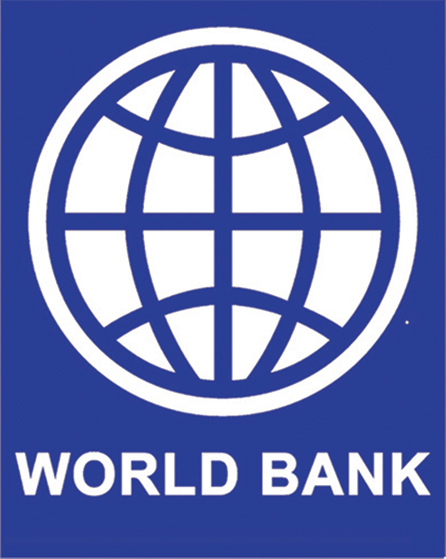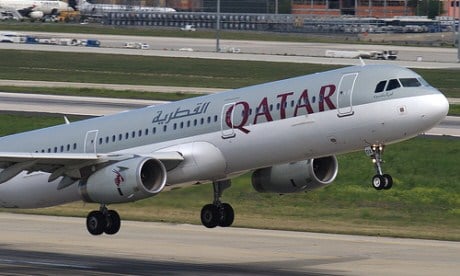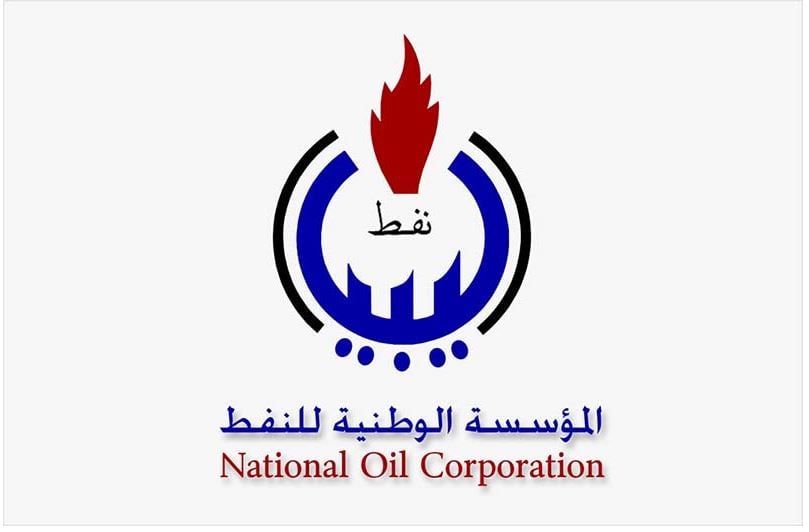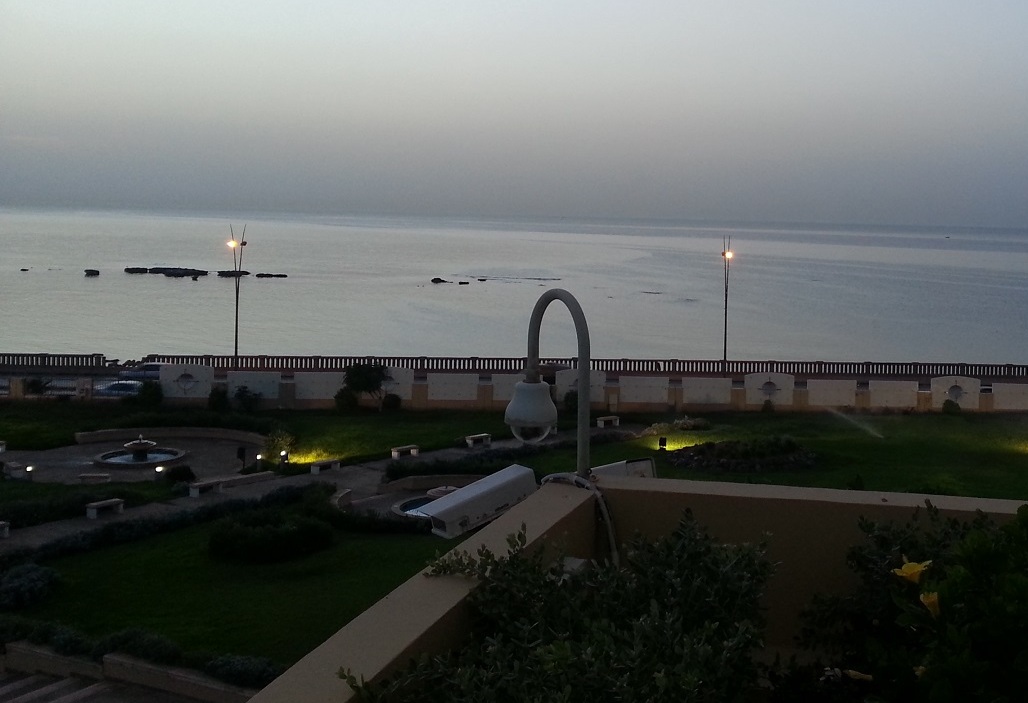By Sami Zaptia
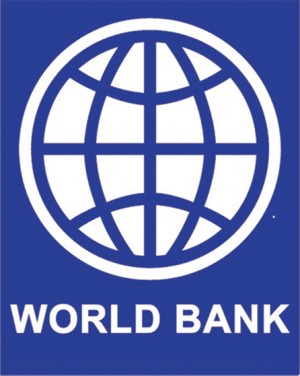
Tripoli, 10 April 2014:
The World Bank’s MENA Regional Economic Update, April 2014, released Tuesday, entitled “Harnessing the Global Recovery . . .[restrict]- A Tough Road Ahead”, says that the global economy is set for a rebound in 2014 benefiting the MENA region.
“Compared with the previous three years, 2014 seems hopeful and 2015 could be a turning point for the countries in the Middle East and North Africa (MENA) region”, the report forecast. Many countries in MENA will start to benefit from stronger external demand in the high-income economies, as the global economy is set for a rebound in 2014.
In addition to growth expansion in the United States, the United Kingdom as well as a modest recovery in Euro zone countries, global growth would continue to be driven by growth in developing countries, expected to be about 5.3 and 5.5 percent in 2014 and 2015 respectively, led by China and India.
The MENA Region
Specifically on the MENA region, the report says that “after three years of slowdown, economic performance in the MENA region is expected to improve in 2014 but growth will remain below the average for 2000-2010. Growth in MENA will reach 3.3 percent in 2014 and further accelerate to 4.6 percent in 2015.
The oil exporters in MENA, especially the GCC countries, are expected to lead the regional recovery with growth reaching 3.5 percent in 2014 and 4.8 percent in 2015.
“Growth in developing oil exporters including Iran, Iraq, Algeria, Libya and Yemen”, the report continues, “is expected to rebound but will remain below the pre-Arab-Spring levels.
Real GDP growth in this group of countries is expected to reach 6.8 percent in 2015, from negative 0.7 in 2013”. Libya Real GDP Growth (%)
| 2011 | 2012 | 2013e | 2014p | 2015p | |
| -62.1 | 104.5 | -9.4 | -9.7 | 28.8 |
e = estimate p= projected Source: The World Bank’s MENA Regional Economic Update, April 2014
Positive advances in the political climate of the transition countries could likely set the stage for gradual improvements in the economic prospects, provided the necessary reforms are advanced, the World Bank reports.
Risk to the outlook for an economic recovery
The report, however, points out a number of risks to this recovery.
“Large fiscal spending has made these countries vulnerable to negative oil price shocks, however. The IMF estimates that most of these countries need an oil price higher than $90 per barrel (p/b) to balance their budget. An adverse scenario in which oil prices decline to $90 p/b could increase fiscal pressures.
“Political tensions are expected to gradually subside in Yemen and Libya and growth could be higher in 2015 compared to the previous year. Growth recovery in Yemen would be mainly driven by non-oil sectors. In Libya, however, insurgencies in the oil fields have been holding back oil production, a major contributor to output and fiscal revenue”.
Overdue structural problems will remain unresolved
Moreover, the World Bank report says that the biggest risk to the outlook for an economic recovery in MENA is that “overdue structural problems will remain unresolved. MENA countries share many structural problems that have been preventing their economies from moving to a higher and sustainable growth path. They have long suffered from high unemployment, low labor force participation rates particularly among women, and the sluggish rates of job-creating growth.
Regional unemployment is high
“The regional unemployment rate is about 11 percent. The rate is much higher for those under 24, exceeding 50 percent in Yemen and Libya.
“Job markets in almost all countries in MENA are segmented with a sharp division between the protected and the excluded. Burdensome regulations put new and small firms at a disadvantage. Labor markets are skewed toward public sector jobs which offer attractive benefits and wages resulting in high wage expectations among job seekers and university graduates.
“Corruption is prevalent in almost all countries in the MENA region and common particularly in public sector hiring. A recent survey in Tunisia showed that 8 out of 10 think that Wasta or connections are critical to getting a job in the public sector.
“Estimates from the World Bank show that over the next 7 years (between 2014-2020) the region must create about 28 million jobs just to keep the unemployment rate from rising). This translates into creating 4 million jobs per year. Prior to the 2011 revolutions, the region historically created about 3.5 million jobs per year with an average GDP growth rate of 5 percent.
]”The slowdown in economic activity in the transition countries post-Arab Spring (2011-13) and the spillovers to neighboring countries have been holding back output resulting in growth averaging about 2-3 percent. Under the scenario of a continued slowdown in economic activity, the average unemployment rate in the region will increase substantially, with youth and females being affected the most.”
Lack of economic diversification
The lack of economic diversification has largely contributed to growth volatility in the MENA region.
Oil exporters rely primarily on only one export commodity (oil) and oil importing countries lack multiple trading partners. For example, France is the major trading partner of Tunisia and Morocco.
Many governments have tried to diversify their exports, with limited success. A recent World Bank study (2013) suggests that, for resource-rich countries, a better strategy is to diversify their accumulated wealth instead of their exports. In the process of diversification, governments need to invest the rents from natural capital (resources) in physical and “intangible” capital, which includes education, innovation and strong institutions that foster competition, rather than simply subsidizing particular industries. Such a strategy will better prepare the economy for the post-oil era.
Large civil-service wage bill and general subsidies
Fiscal spending in almost all of the countries in MENA is dominated by a large civil-service wage bill and general subsidies, both of which have been on the rise following the Arab Spring, mainly to prevent further social discontent.Especially in the oil importers, this has reduced the fiscal space for capital spending and investment in infrastructure, lowering the prospects of higher growth in these countries.
Higher current spending together with lower revenues have increased fiscal deficits and public debt, making countries vulnerable to even slightly economic shocks. General subsides in Libya (estimated at 11 percent of GDP in 2013) and Yemen (9 percent of GDP in 2012) exceeds government spending on education and health.
Tapping into foreign reserves
Weak private sector activity, low levels of external financing together with fiscal pressures have forced the governments to resort to their foreign reserves or increase public debt.
Foreign reserves in Egypt and Tunisia now cover only four months of imports. Governments in oil rich countries including Libya and Iran have also been tapping into their large foreign reserves. Yemen’s foreign reserves are estimated to cover only three months of imports in 2015.
“Libya’s reserves have also dropped to about $100 billion in 2014 and are expected to decline further to $82 billion in 2015 from $122 billion in 2013 when the government started running budget deficits”, reports the World Bank update. [/restrict]


